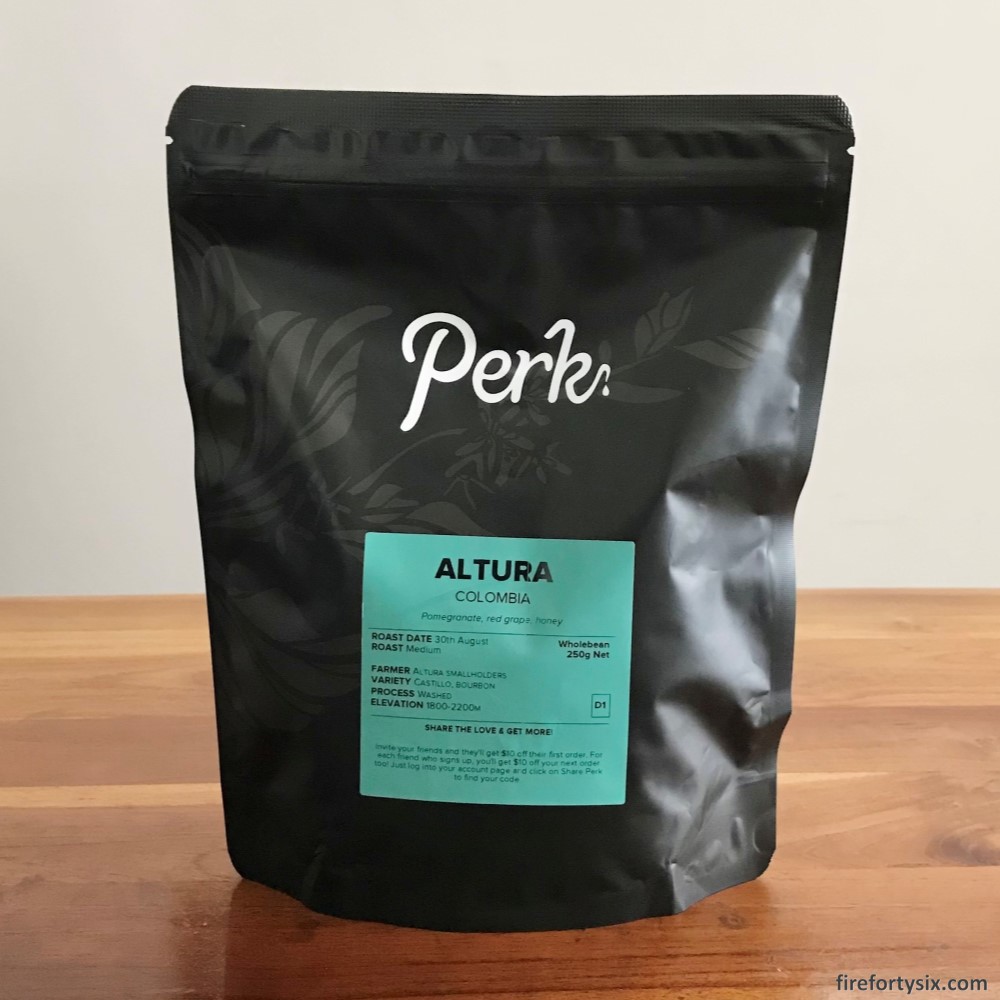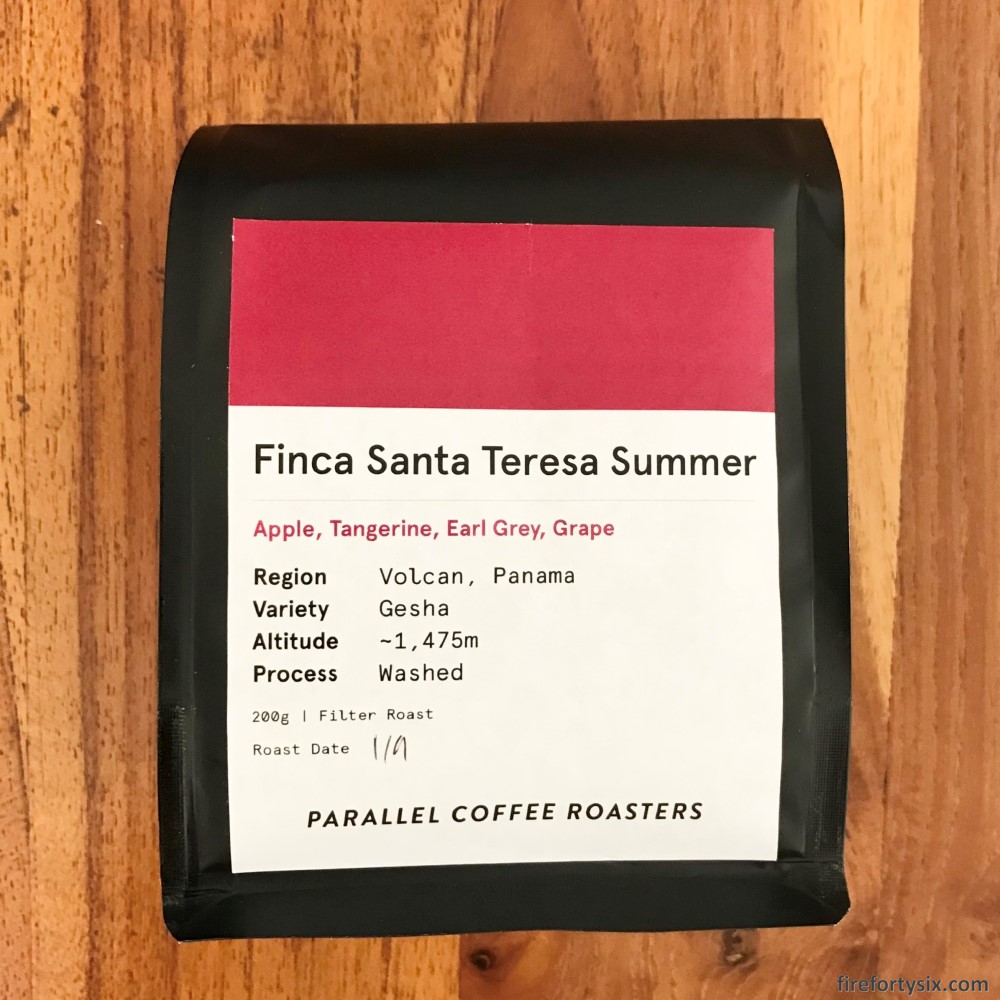It’s been almost six months since I decided to stop buying more coffee equipment, and so far, I’ve been successful in resisting temptation.
Since then, My focus has been on sampling beans from different countries by various local roasters, and perfecting my Tetsu 4-6 V60 pour over technique.
But one thing that I’ve been curious about for quite some time is how different my morning coffee would taste if I used immersion brewing, instead of my usual V60 percolation.
To figure it out properly, I would have to buy either a Clever Dripper, AeroPress or a more traditional French press. These would allow coffee grounds to be immersed in hot water for some time, before filtering them through a paper filter or metal sieve.
Or… I could hack something up, using stuff I already had in the kitchen.
In addition to my usual V60 pour over equipment, I’d need a separate heat-resistant container large enough to contain at least 500ml of water (since I brew 400ml each time).
Once the grounds were sufficiently soaked, I’d simply dump everything through the filter and wait for gravity to do its thing.


Both the Clever Dripper and the AeroPress use paper filters, so the makeshift setup above should come close. However, the French press uses a metal sieve, allowing more oils, which would otherwise be trapped by paper, to flow through.
Luckily, I still had my Able Kone stainless steel filter, which I hadn’t used for quite some time.
The main reason that it’s been in the drawer is that it allows fine grounds to flow through, resulting in a slightly muddy brew. On the flip side, the oils that are allowed to pass through make a stronger tasting cup with more robust flavours.


Now that I had the equipment assembled, we could do a taste comparison between V60 percolation (using the Tetsu 4-6 “Sweet x Strong” recipe) and my hacked immersion setup.
Since I had an opened back of Perk Coffee’s Colombia Altura, it served as the lucky guinea pig for the experiment.
It was a useful choice because despite many tweaks, I couldn’t quite dial-in the beans, and the best cup I could extract using V60 percolation wasn’t as balanced and flavourful as other Colombian beans I’ve brewed before. Perhaps immersion brewing would improve things.

The general idea is that with immersion brewing, the coffee grounds are soaked in hot water for a longer period of time, which allows slower dissolving compounds to be sufficiently extracted. This results in coffee with a similar chemical composition to the beans used to brew it.
With percolation brewing, the hot water flows quickly through the grounds, extracting the faster dissolving compounds more than the others. The coffee would then contain a higher proportion of these compounds, resulting in coffee that tastes different from an immersion brew.
At least, that’s how the theory goes. But how did this play out in real-life with our Colombia Altura?
Immersion with paper filtering produced flavours that were muted when compared with V60 percolation. None of the stated tasting notes on the bag surfaced, and we preferred the original V60 taste.
Immersion with metal filtering resulted in a much stronger flavour that wasn’t as muted. It tasted smoother than the cup produced from V60 percolation but wasn’t as “exciting”. We still preferred our original V60.
We repeated the experiment with a different bag of beans, this time using the Finca Santa Teresa Summer from Parallel Coffee Roasters.

This was the first time we were trying fancy Panama Gesha beans, and given how pricey they usually are, I wouldn’t have even thought about buying them.
But Parallel Coffee was running a 50% flash sale and even though that still put them at the high-end of our $5-12 per 100gm price range, it was worth it to finally get a chance to try the renowned varietal.
Brewing using V60 percolation produced a very floral and light coffee, which was almost tea-like, especially with its prominent Earl Grey bergamot notes. It was a very nice cup of coffee, though not quite suited to our tastes, given how delicate it was.
Like The Wife always says: “Coffee must taste like coffee! If I wanted to drink tea, I’ll just make tea.” And of course she’s right. Well, most of the time anyway.
Immersion resulted in an even lighter coffee, though the Earl Grey scent was still noticeable. The CMTLC! principle was applied again, and this was deemed to be even more tea-like.


Granted that my makeshift immersion approach wouldn’t produce the exact same coffee as the ones made using the Clever Dripper, AeroPress or French press. But I think it was close enough to give us a good idea of whether we’d prefer immersion to percolation.
Based on our simple taste test using two different bag of beans, it was clear that we leaned heavily towards percolation. But as always, taste is subjective, and you may have a totally opposite view.
The other benefit of this experiment was that I wouldn’t need to buy new immersion brewing equipment, keeping my six month streak intact. Who knows, I may even last an entire year without buying any new stuff.

At the risk of saying what probably every other coffee-head on the interwebz will say, you really owe it to yourself to try the James Hoffmann French press method of immersion brewing. It provides a different, but equally excellent, cup when compared to a well-made pourover.
???? Interesting… though I’m keen to keep my not-buying-anymore-stuff streak going. Any thoughts on Clever Dripper vs French press? I was close to pulling the trigger on the Clever, but realised it needed different filters from my V60.
I have no experience with the Clever dripper, but I have bought many French presses for cheap from Marshall’s, TJ Maxx, and Goodwill. You should not ever have to spend more than $15 on a French press (despite the new $99 Fellow Clara, which, while beautiful, is somewhat insane). No filters needed, just get one that has a good seal and a fine mesh screen, to best prevent silt/sludge.